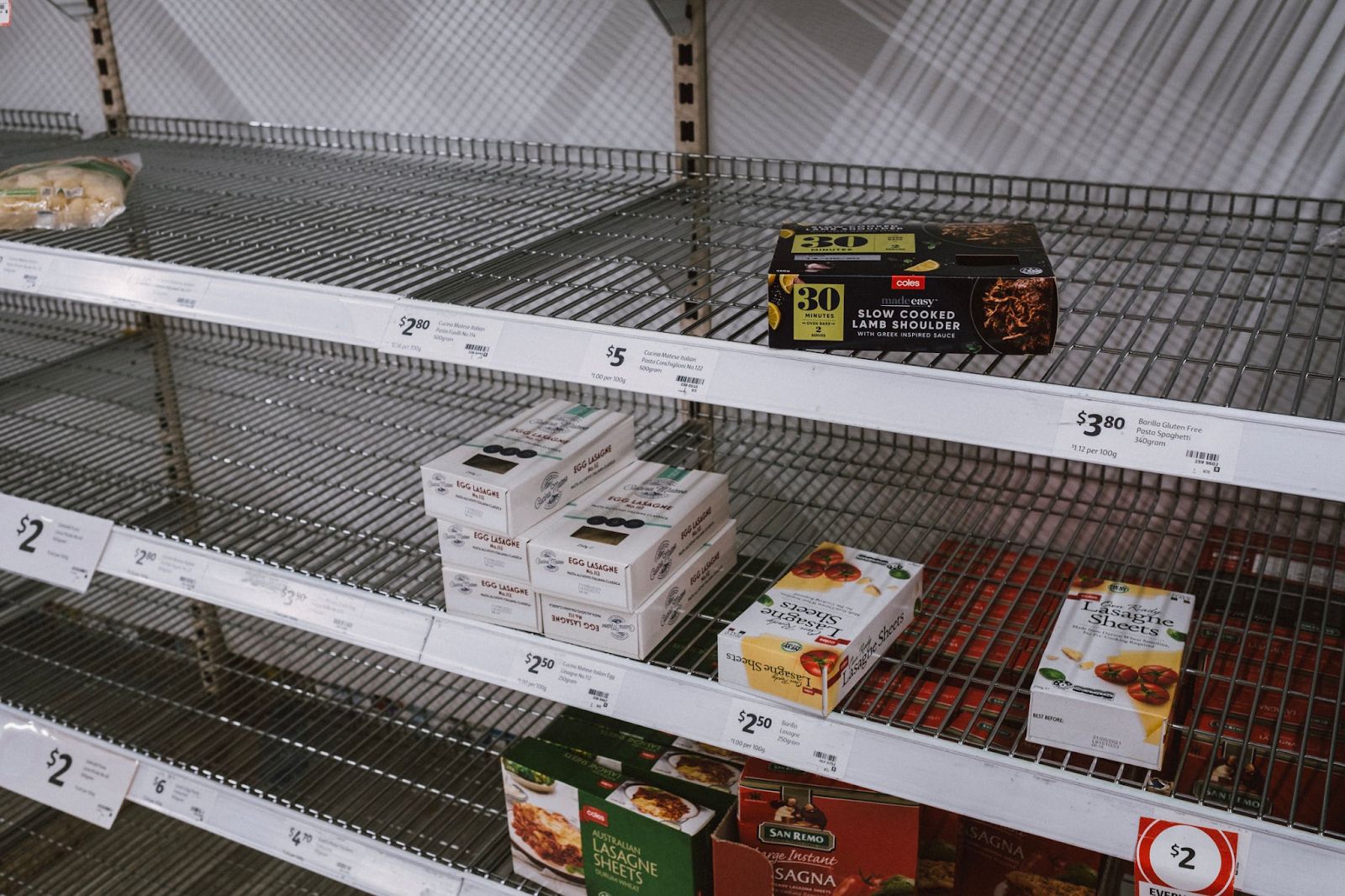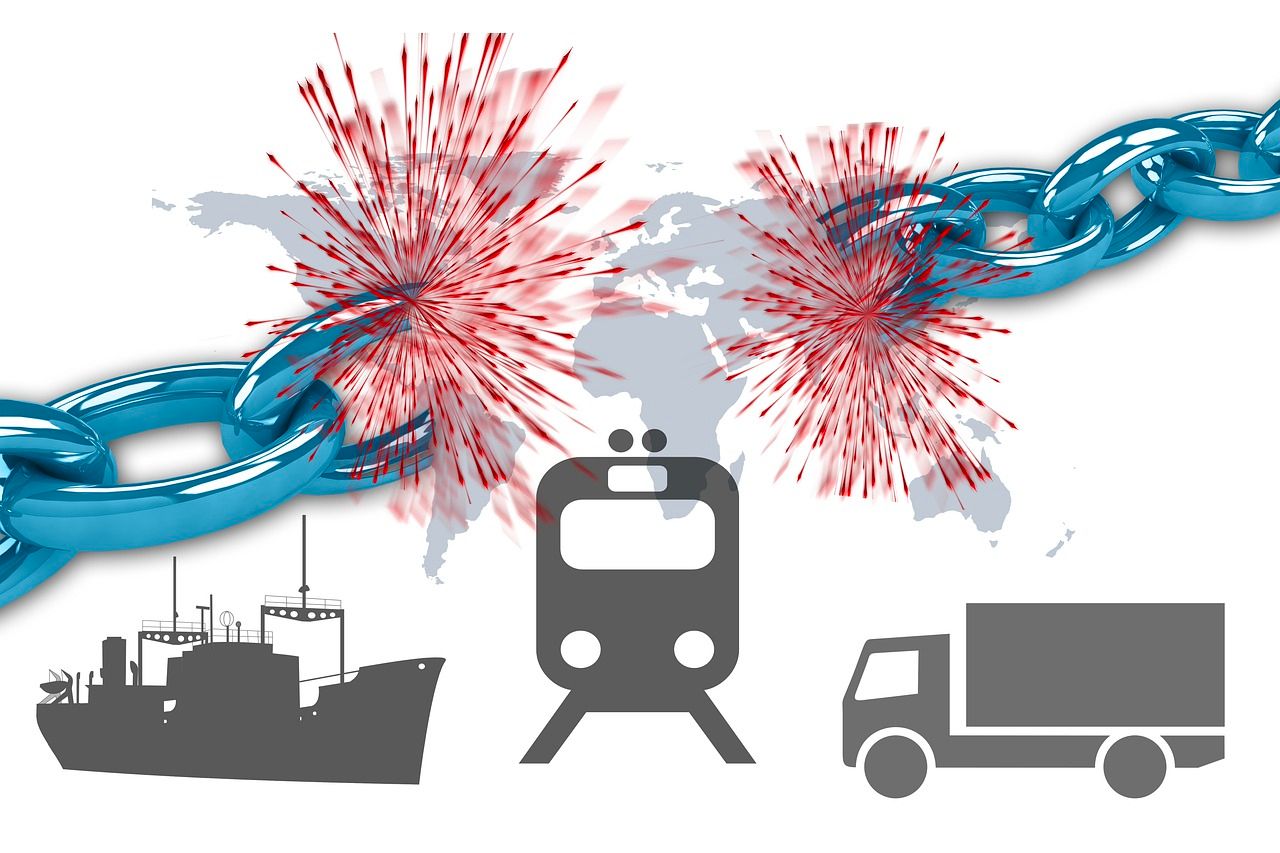The last few years have been challenging for businesses all over the world. The pandemic has served as a massive blow to the global supply chain, especially for small businesses with limited resources.
Reports back that up, showing that almost 23% of small businesses in the U.S. were impacted negatively by the coronavirus and the lockdowns that came with it. But it doesn’t stop there.
For most online businesses, supply chain disruptions have also been a significant problem during the pandemic. The current events have highlighted the importance of supply chain management, especially for ecommerce businesses.
It is essential for modern businesses to be prepared for catastrophic events and, thus, devise a disaster recovery plan. Read along to learn about the importance of supply chain management in ecommerce and how to ensure business continuity in trying times.
- What Supply Chain Contingency Planning Is
- How To Avoid Supply Chain Disruptions
- Final Thoughts: How To Make a Contingency Plan for Supply Chain Management
What Supply Chain Contingency Planning Is
Supply chain contingency planning is a process where organizations analyze potential disruptions that can hurt their business and devise a plan to minimize such occurrences. One of the most significant aspects to consider is supply chain sustainability.
In any unexpected event, the businesses would want their customers’ expectations to be met. That is only possible by effective risk management and meeting the demand of products and services at all times.

Supply Chain Management Plan
Supply chain risk management is a strategic process where you assess the possible risks and devise a plan to meet the challenges, making sure that your supply chain disruptions are minimized. Modern businesses must have an effective supply chain management strategy.
How To Avoid Supply Chain Disruptions
If the pandemic has taught ecommerce businesses one thing, it’s having a strong business continuity plan and an effective contingency plan for supply chain management.
The more critical question is creating a robust plan and understanding the complications of implementing a supply chain contingency plan.
After all, there is no standard way to deal with supply chain disruptions. However, there are some principles that ecommerce companies can adopt to ensure a sustainable supply chain.
They are the following.

Anticipate and Assess the Risks
When creating a supply chain contingency plan, the first and most important step is risk assessment. All businesses need to plan and anticipate disruptive events, which can then be helpful in risk mitigation.
Granted, you cannot accurately predict natural disasters such as floods and pandemics, but you can incorporate these factors in contingency planning. That will be a huge step toward preparedness for unexpected events.
The importance of risk assessment and forecast gets more pronounced for ecommerce businesses as they have to deal with the challenges and limitations of the online world.
When interacting with online businesses, customers expect quick delivery of products and frequent updates on the status of their orders. It is, therefore, essential to have a responsive and effective supply chain that can deal with prospective risks without impacting the customer experience.
Increase Safety Stock To Avoid Supply Chain Shortages
In certain cases, it is not possible to anticipate which products will have a greater demand in case of a disruptive event or a natural disaster.
For example, the demand for hand sanitizers increased exponentially during COVID-19, taking the form of a pandemic supply chain risk in no time.
One way to deal with such unexpected demands and shortages in the supply chain is to increase the safety stock. Ecommerce businesses can upscale their storage capabilities and make sure that they’re able to meet the needs of their customers.
Small businesses, however, have limited resources and may not be able to afford big warehouses. In such cases, you can develop strong relationships with multiple suppliers. This way, the supply chain is not dependent on a single provider and can satisfy the demand from alternate suppliers.

Maintain Clear Communication With Customers
If you’re running an ecommerce business, your customers are your strongest asset. Whether you’re struggling with delayed deliveries or your supply chain is hit by a shortage of products, you should be transparent with your customers.
That is where your websites and social media channels can come in handy. You need to develop a flexible digital content strategy that adapts to potential supply chain risks. The strategy should also be part of your supply chain contingency plan.
As soon as you identify a potential risk factor, you should take your customers into confidence. You can achieve this by sending out customized emails to customers, posting updates on the website, and being quick to respond on social media platforms.
If you maintain clear communication with customers, you’ll have a better chance of disaster recovery as your customers will trust you more and thus stay loyal.
Develop Long-Term Supply Chain Strategies
A supply chain contingency plan cannot be successful in the absence of a long-term plan. Any disruptive event can occur at any moment, where short-term plans may not prove promising.
With the digital world advancing at a rapid pace, it is particularly important for ecommerce businesses to always have an eye on the future.
For long-term supply chain management in ecommerce, you need to identify key suppliers and develop strong professional relationships with distributors. That will help you grow your business and meet your customers’ expectations at all times.
Another important aspect of a long-term supply chain strategy is strengthening its online presence. If you have a responsive and updated online store, your customers will find it easy to interact with your business.
Review and Update the Supply Chain Contingency Plans
A supply chain contingency plan is not a static document. To improve the supply chain resilience, you must constantly review your contingency plans and update them as needed.
One of the best ways is to schedule reviews at regular intervals. For example, you may decide to review your contingency plan every six months. The review will ensure that all the new challenges are being addressed as they arise in real-time.
Constant review of supply chain contingency plans is also an important part of business continuity planning. If you want to grow your business and gain a competitive advantage, you need to use predictive analytics and be proactive in your business decisions.

Final Thoughts: How To Make a Contingency Plan for Supply Chain Management
Supply chain disruptions are inevitable. The best strategy for small businesses, particularly those using the ecommerce channel, is to manage the supply chain operations strategically.
According to the U.S. Bureau of Labor Statistics, 56% of small businesses experienced decreased demand for their products or services in the recent global pandemic.
That was partly because of the shortage of products and partly because of the absence of an effective supply chain contingency plan.
To survive such disruptions, you need to have a strong online presence that can complement your ecommerce business. With Nexcess, you can build impactful online stores with remarkable hosting.
Check out Nexcess’ managed WordPress ecommerce hosting to help your business grow even when times are not favorable.

